Your cart is empty.
Your cart is empty.
Thinning hair affects many women due to hormonal changes, genetics, stress, diet, and aging. Hormonal fluctuations during menopause or postpartum, female pattern hair loss, and stress can all contribute to hair loss. Topical minoxidil is a popular treatment option, applied directly to the scalp to target hair follicles. It’s a convenient and effective way to promote hair growth and reduce hair thinning, making it a go-to solution for many women.
Minoxidil is also a more suitable option for women compared to finasteride, which is often prescribed for men. By understanding the underlying causes of hair loss and comparing oral vs topical minoxidil, as well as minoxidil vs finasteride, women can initiate their journey towards regaining their hair and confidence. The fact that women can buy minoxidil over the counter makes it a readily accessible treatment option, empowering them to take control of their hair loss concerns.
Minoxidil is a vasodilator that widens blood vessels, increasing blood flow to the hair follicles. This increased blood flow helps to nourish the follicles, promoting hair growth. Minoxidil works by prolonging the anagen phase, the active growth phase of hair growth. By extending this phase, minoxidil helps to increase the length and thickness of hair, restoring volume and reducing hair thinning. Minoxidil is an effective treatment for female pattern hair loss, promoting hair growth and reducing hair thinning.
Minoxidil is a safe, non-hormonal solution for women, applied directly to the scalp to target hair follicles. It promotes hair growth, reduces thinning, and restores volume. With its localized action and proven track record, minoxidil is a trusted solution for women experiencing hair loss. It’s effective in promoting hair growth and restoring hair health, making it an ideal option for those seeking to address hair thinning.
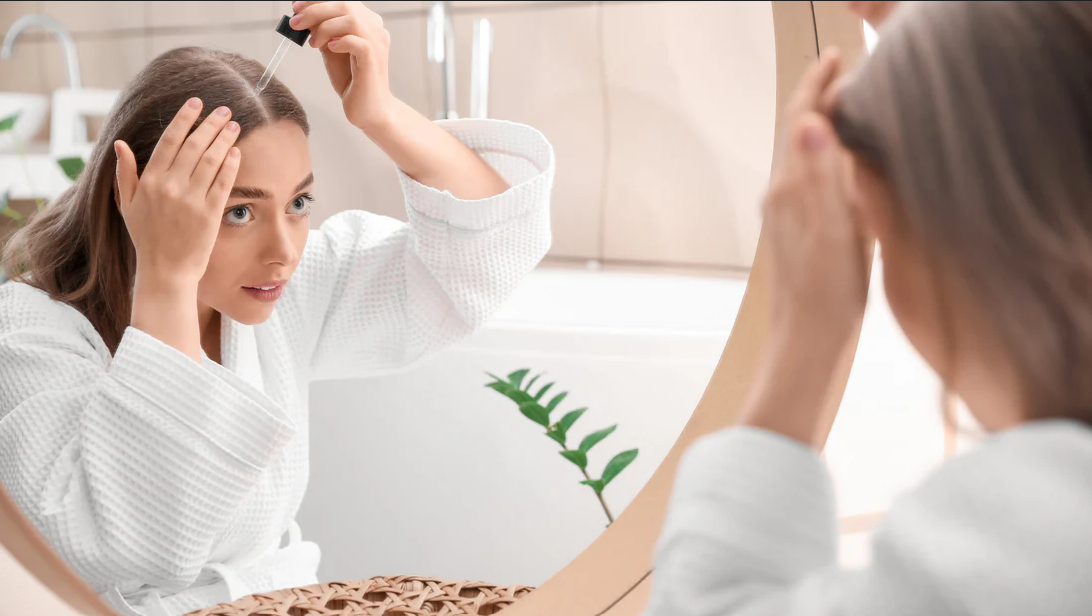
Minoxidil is a popular treatment for female pattern hair loss, with the 2% version being FDA-approved for women. This version is recommended for its safety and efficacy, differing from the 5% men’s version in potency. Some women may use the 5% version under medical supervision, but consistency and long-term use are crucial for results. Women should apply minoxidil as directed and be patient, as results typically appear after 3-6 months. With continued use, minoxidil promotes hair growth and reduces hair loss. By committing to long-term use, women can achieve noticeable results and improve their hair’s overall health and appearance.
When choosing the best minoxidil for women, the formulation type is crucial. Minoxidil comes in foam and liquid formulations, each with advantages and disadvantages. The foam formulation is often preferred for its ease of application, faster drying time, and less messiness. In contrast, the liquid formulation may provide better scalp coverage, benefiting women with extensive hair loss.
When selecting a minoxidil product, consider factors such as ease of application, scalp coverage, and product quality. Look for FDA-approved products with good user reviews, available in both branded and generic options. If you have extensive hair loss, a liquid formulation may be more suitable. If you prefer a convenient and easy-to-use product, foam might be a better choice. Consider your individual needs and preferences to make an informed decision and achieve the best results with minoxidil treatment.
Women may consider using 5% minoxidil formulas designed for men, but should first consult a healthcare provider. Many dermatologists recommend off-label use of 5% minoxidil foam for female patients, but women may experience more scalp irritation. To manage irritation, start with a lower application frequency or mix with a gentle scalp product. Monitor for signs of irritation like redness, itching, or burning, and adjust application accordingly. A healthcare provider can help discuss potential benefits and risks, determining if a higher concentration is suitable for individual needs and hair loss treatment goals. Precautions ensure safe and effective use.
Minoxidil has a strong safety record and is a well-tolerated treatment for hair loss in women. It’s local action on the scalp minimizes potential side effects, making it a safe choice. Some women may experience mild effects like scalp dryness, itching, or redness, but these can be minimized with gentle hair care products and a lower concentration.
By applying minoxidil directly to the scalp, women can target hair loss without systemic effects. With proper use and precautions, minoxidil is a reliable and effective treatment option for promoting hair growth and reducing hair loss. Its long-standing use and local action make it a popular choice for women seeking to achieve their hair growth goals safely and effectively.
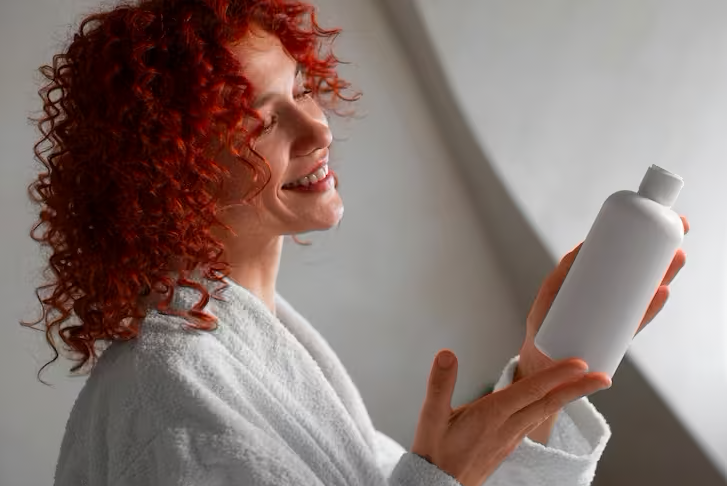
To achieve the best results with minoxidil:
Minoxidil can be administered orally or topically, each with its considerations. Topical minoxidil is FDA-approved for female pattern hair loss and applied directly to the scalp to promote hair growth. Oral minoxidil is not FDA-approved for hair loss but may be suitable for women with scalp sensitivity or irritation. Topical minoxidil remains the first-line treatment due to its established safety and efficacy profile. A healthcare professional can help determine the best course of treatment based on individual needs and preferences. They can discuss the benefits and drawbacks of each option to make an informed decision about using minoxidil for hair growth.
Minoxidil and finasteride represent two distinct approaches to treating hair loss. Finasteride, typically prescribed for men, works hormonally to block dihydrotestosterone (DHT) production. For women, finasteride is usually only prescribed postmenopause. In contrast, minoxidil is a topical treatment that stimulates hair growth. While generally not recommended for women of childbearing age, finasteride may be combined with minoxidil under medical supervision in certain cases. This combination can be considered for postmenopausal women or those with specific hair loss needs.
Minoxidil is effective for women, with studies and real-world use demonstrating improved hair density and slowed thinning with consistent and long-term application.
Minoxidil results appear after 3-6 months, with initial shedding common as hair follicles transition to the growth phase and new hair emerges.
Minoxidil can be used long-term, but continued use is necessary to maintain results, as stopping may lead to gradual hair loss.
If a dose is missed, simply resume application the next day; occasional missed doses won’t significantly impact overall progress made.
Minoxidil can regrow some hair and thicken existing strands, but effectiveness varies by individual and the extent of hair loss.
References
https://pmc.ncbi.nlm.nih.gov/articles/PMC6691938
https://www.jaad.org/article/S0190-9622(03)03692-2/fulltext
https://doi.org/10.1016/S0190-9622(87)70087-5.
https://doi.org/10.1016/j.abd.2022.09.006.

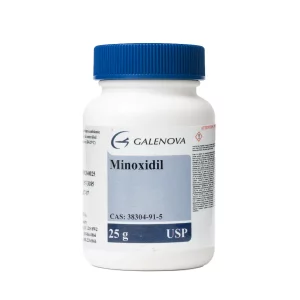
Minoxidil 25mg - Oral vasodilator for blood pressure management. Cardiovascular foundation support, pharmaceutical-grade standards, expert monitoring required.
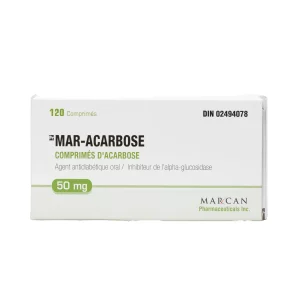
Acarbose 50mg 120 Tablets - Gentle introduction to glucose control. Three-times daily with meals, precision-formulated tablet strength.
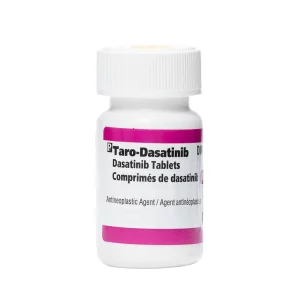
Dasatinib 20mg 60 Tablets - Flexible pediatric-strength dosing option. USP standards compliance, anytime administration, gradual increase capability.
Unlock savings on bundles and elevate your online experience today!